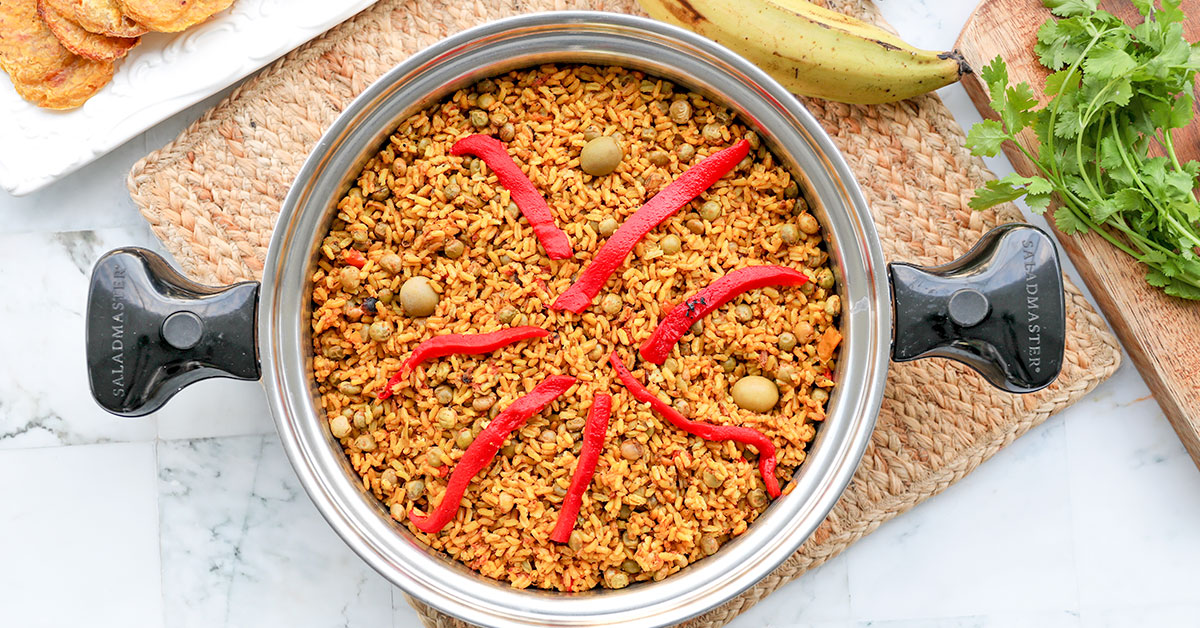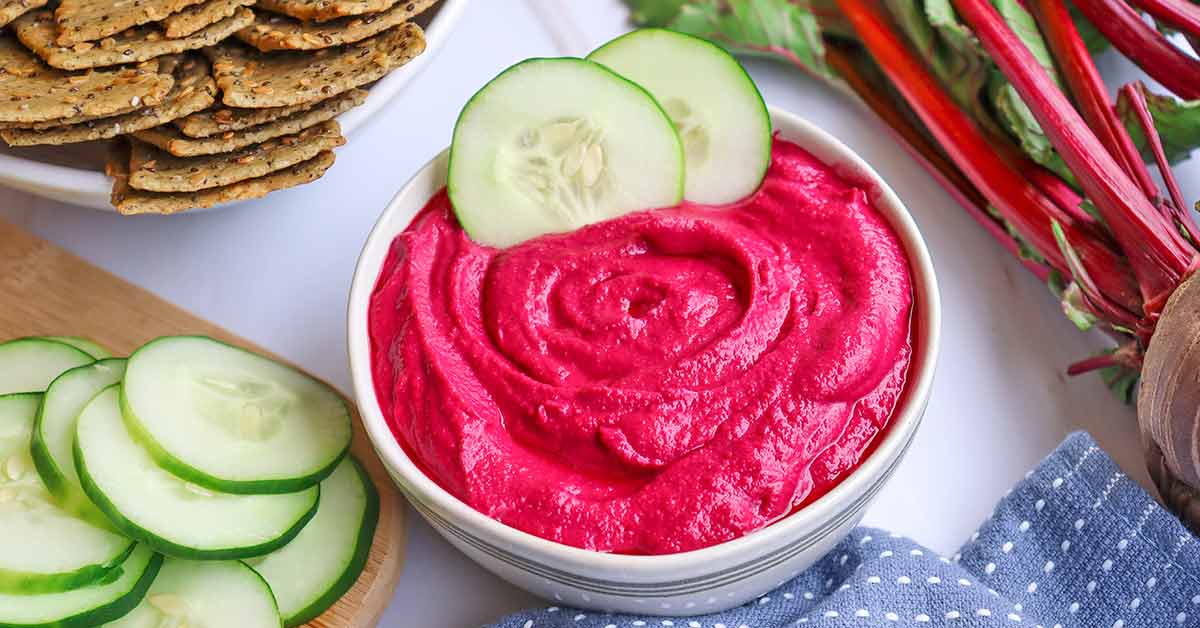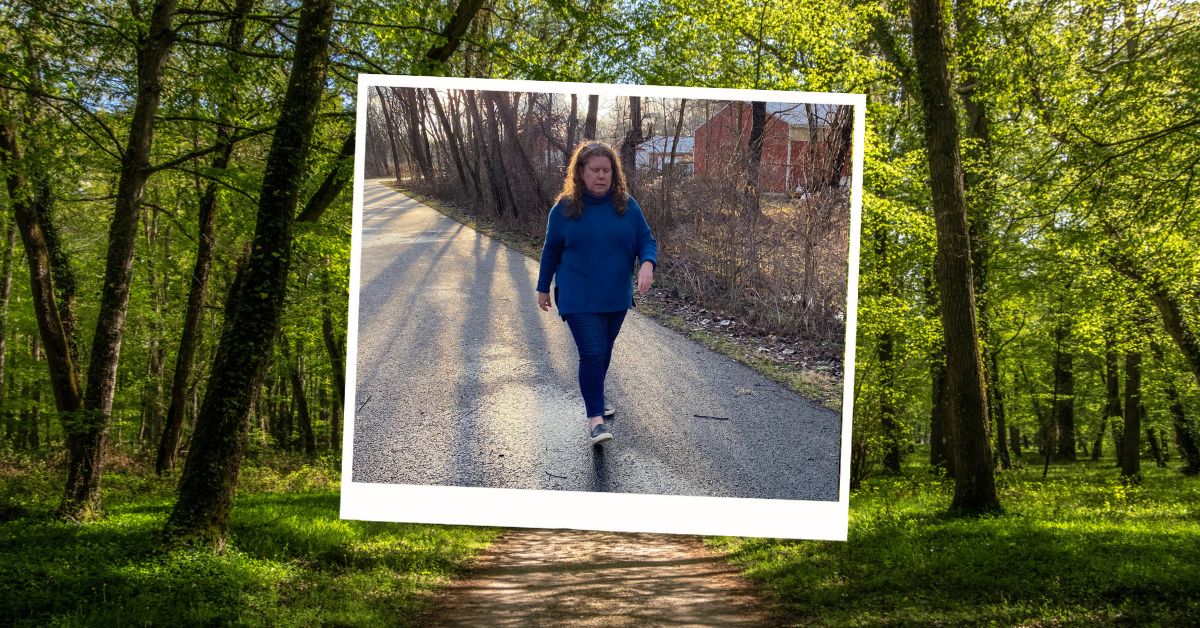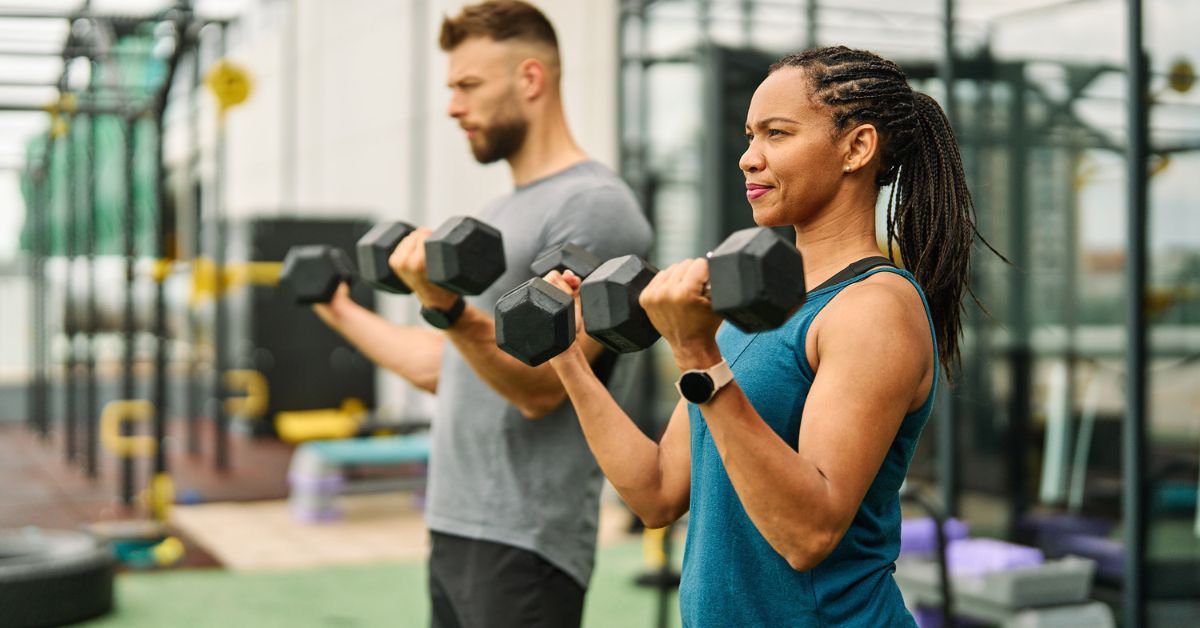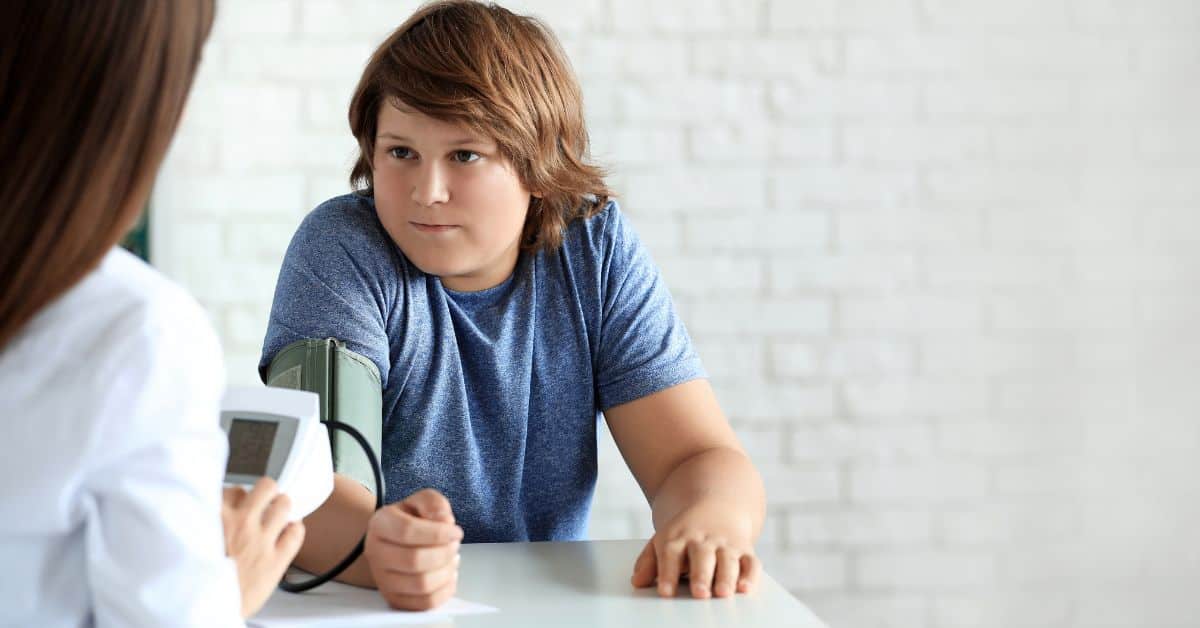
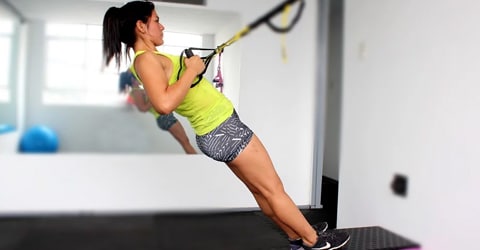
The best way to stay well is to keep your immune system strong. Eat healthy, get plenty of sleep, and reduce stress. But what about exercise? Does it help or hinder the body’s ability to fight off infection? Epidemiological evidence indicates that regular moderate physical activity reduces the incidence of many communicable diseases, such as viral and bacterial infections.[1][2][3][4][5][6] In contrast to the widely accepted long-term health benefits that are achieved by regular moderate physical activity, the effect of vigorous exercise on the immune function remains debated.
What’s the difference between moderate and vigorous exercise?
Moderate activity feels somewhat hard:
- Your breathing quickens, but you’re not out of breath.
- You develop a light sweat after about 10 minutes of activity.
- You can carry on a conversation, but you can’t sing.
Vigorous activity feels challenging:
- Your breathing is deep and rapid.
- You develop a sweat after only a few minutes of activity.
- You can’t say more than a few words without pausing for breath.
The behavior of almost all immune cell populations in the bloodstream is altered in some way during and after exercise.[7][8] However, for decades, it has been widely accepted that these changes result in a temporary decline in immune competency in the hours following vigorous exercise. That notion gained credence in the late 1980s, the result of studies showing that marathon running increased the incidence of respiratory infection symptoms among runners in the days and weeks after the race.[7][8] But those studies subsequently turned out to have relied too heavily on self-diagnoses from the runners about their symptoms. Moreover, attendance at any mass participation event — whether it is a marathon or otherwise — is likely to increase the risk of acquiring novel infectious pathogens, which are in abundance due to the mass gathering of people. Thus, it is important to consider that other underlying factors, often not measured in the context of exercise and illness studies, likely play a greater role in infection risk than exercise participation.
It is often overlooked that more recent studies indicate that vigorous exercise may in fact reduce the incidence of infections.[9][10][11] In experiments using laboratory testing of marathoners after races, few proved to have actual respiratory infections.[12] A prospective cohort study of 1,509 Swedish men and women aged 20–60 years found that more vigorous physical activity levels were associated with a lower incidence of upper respiratory tract infections.[13]
Taken as a whole, the research about exercise and our immune systems tells us that there is no or limited reliable evidence for vigorous exercise directly increasing the chance of developing any kind of viral infection. So, is it safe to exercise, despite concerns about coronavirus? Yes. Exercise will lessen the risk of an infection, as long as you take steps to avoid infection while exercising, such as maintaining at least six feet between yourself and others and practicing good hand hygiene. When you exercise, your white blood cells — the blood cells that fight infections — travel through your body faster and do their job better.
In addition to exercise, your first line of defense against infections is to adopt a holistic, healthy lifestyle.
Every part of your body, including your immune system, functions better when you:
- Eat a whole food, plant-based diet.
- Exercise regularly.
- Maintain a healthy weight.
- Don’t smoke or vape.
- Get adequate sleep.
- Minimize stress.
- Take steps to avoid infection, such as washing your hands frequently.
Stay well, everyone.
References
- Warburton DER, Bredin SSD. Health benefits of physical activity: a systematic review of current systematic reviews. Curr Opin Cardiol (2017) 32(5):541–56.10.1097/HCO.0000000000000437 [PubMed] [CrossRef] [Google Scholar]
- Pape K, Ryttergaard L, Rotevatn TA, Nielsen BJ, Torp-Pedersen C, Overgaard C, et al. Leisure-time physical activity and the risk of suspected bacterial infections. Med Sci Sports Exerc (2016) 48(9):1737–44.10.1249/MSS.0000000000000953 [PubMed] [CrossRef] [Google Scholar]
- Kostka T, Berthouze SE, Lacour J, Bonnefoy M. The symptomatology of upper respiratory tract infections and exercise in elderly people. Med Sci Sports Exerc (2000) 32(1):46–51.10.1097/00005768-200001000-00008 [PubMed] [CrossRef] [Google Scholar]
- Leveille SG, Gray S, LaCroix AZ, Ferrucci L, Black DJ, Guralnik JM. Physical inactivity and smoking increase risk for serious infections in older women. J Am Geriatr Soc (2000) 48(12):1582–8.10.1111/j.1532-5415.2000.tb03867.x [PubMed] [CrossRef] [Google Scholar]
- Romaniszyn D, Pobiega M, Wojkowska-Mach J, Chmielarczyk A, Gryglewska B, Adamski P, et al. The general status of patients and limited physical activity as risk factors of methicillin-resistant Staphylococcus aureus occurrence in long-term care facilities residents in Krakow, Poland. BMC Infect Dis (2014) 14:271.10.1186/1471-2334-14-271 [PMC free article] [PubMed] [CrossRef] [Google Scholar]
- Baik I, Curhan GC, Rimm EB, Bendich A, Willett WC, Fawzi WW. A prospective study of age and lifestyle factors in relation to community-acquired pneumonia in US men and women. Arch Intern Med (2000) 160(20):3082–8.10.1001/archinte.160.20.3082 [PubMed] [CrossRef] [Google Scholar]
- Nieman DC, Johanssen LM, Lee JW, Arabatzis K. Infectious episodes in runners before and after the Los Angeles Marathon. J Sports Med Phys Fitness (1990) 30(3):316–28. [PubMed] [Google Scholar]
- Peters EM, Bateman ED. Ultramarathon running and upper respiratory tract infections. An epidemiological survey. S Afr Med J (1983) 64(15):582–4. [PubMed] [Google Scholar]
- Hellard P, Avalos M, Guimaraes F, Toussaint JF, Pyne DB. Training-related risk of common illnesses in elite swimmers over a 4-yr period. Med Sci Sports Exerc (2015) 47(4):698–707.10.1249/MSS.0000000000000461 [PubMed] [CrossRef] [Google Scholar]
- Hoffman MD, Krishnan E. Health and exercise-related medical issues among 1,212 ultramarathon runners: baseline findings from the Ultrarunners Longitudinal TRAcking (ULTRA) study. PLoS One (2014) 9(1):e83867.10.1371/journal.pone.0083867 [PMC free article] [PubMed] [CrossRef] [Google Scholar]
- Hoffman MD, Fogard K. Demographic characteristics of 161-km ultramarathon runners. Res Sports Med (2012) 20(1):59–69.10.1080/15438627.2012.634707 [PubMed] [CrossRef] [Google Scholar]
- Spence L, Brown WJ, Pyne DB, Nissen MD, Sloots TP, McCormack JG, et al. Incidence, etiology, and symptomatology of upper respiratory illness in elite athletes. Med Sci Sports Exerc (2007) 39(4):577–86.10.1249/mss.0b013e31802e851a [PubMed] [CrossRef] [Google Scholar]
- Fondell E, Lagerros YT, Sundberg CJ, Lekander M, Balter O, Rothman KJ, et al. Physical activity, stress, and self-reported upper respiratory tract infection. Med Sci Sports Exerc (2011) 43(2):272–9.10.1249/MSS.0b013e3181edf108 [PubMed] [CrossRef] [Google Scholar]
Copyright 2023 Center for Nutrition Studies. All rights reserved.
Earn Your Plant-Based Nutrition Certificate
Join over 20,000 students who have improved their health, learned new skills, and even inspired career changes.

- 100% online, learn at your own pace
- Instructor led format
- No prerequisites
- Continuing education credits





